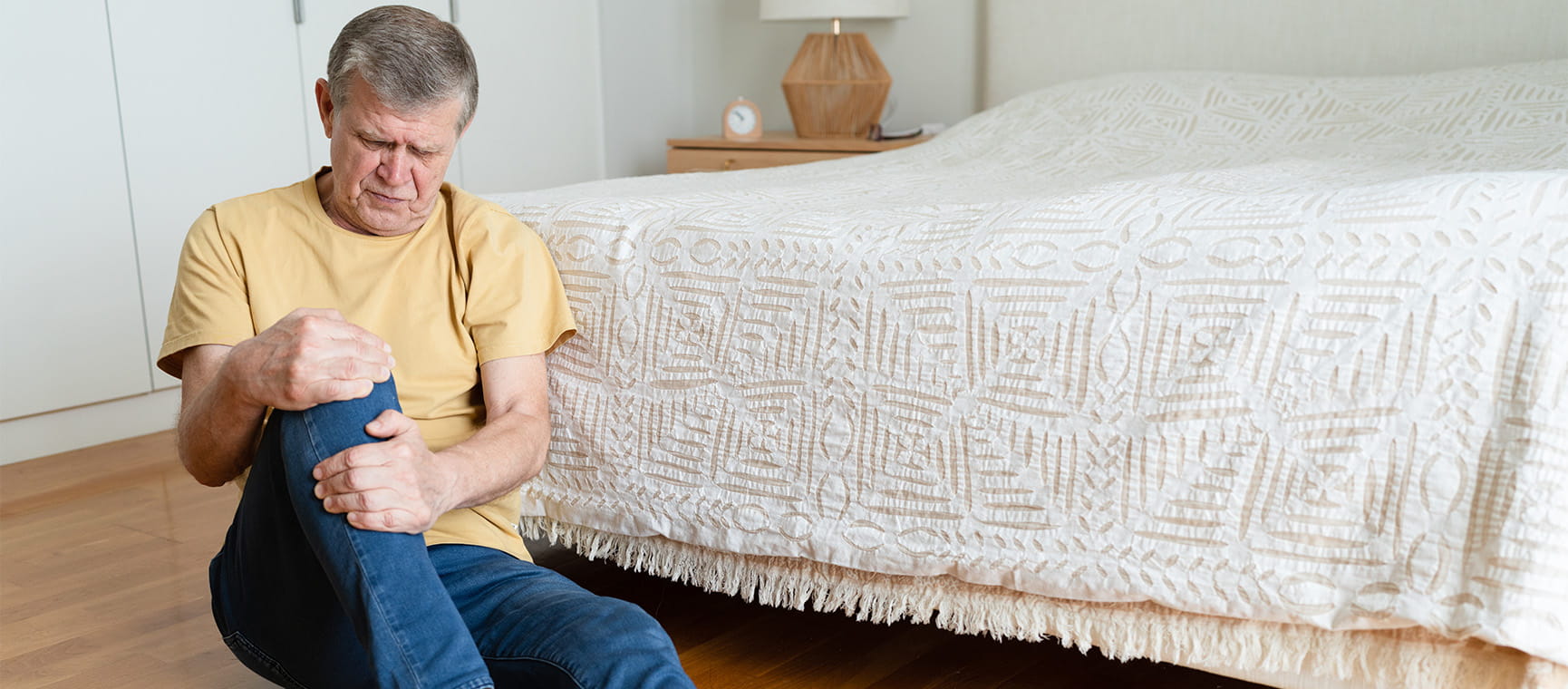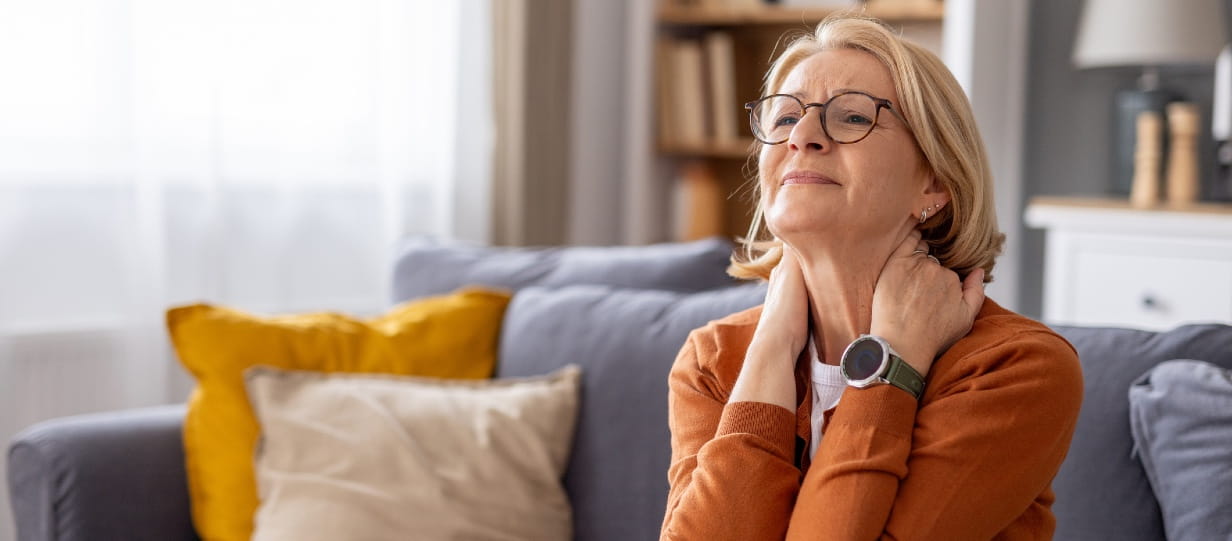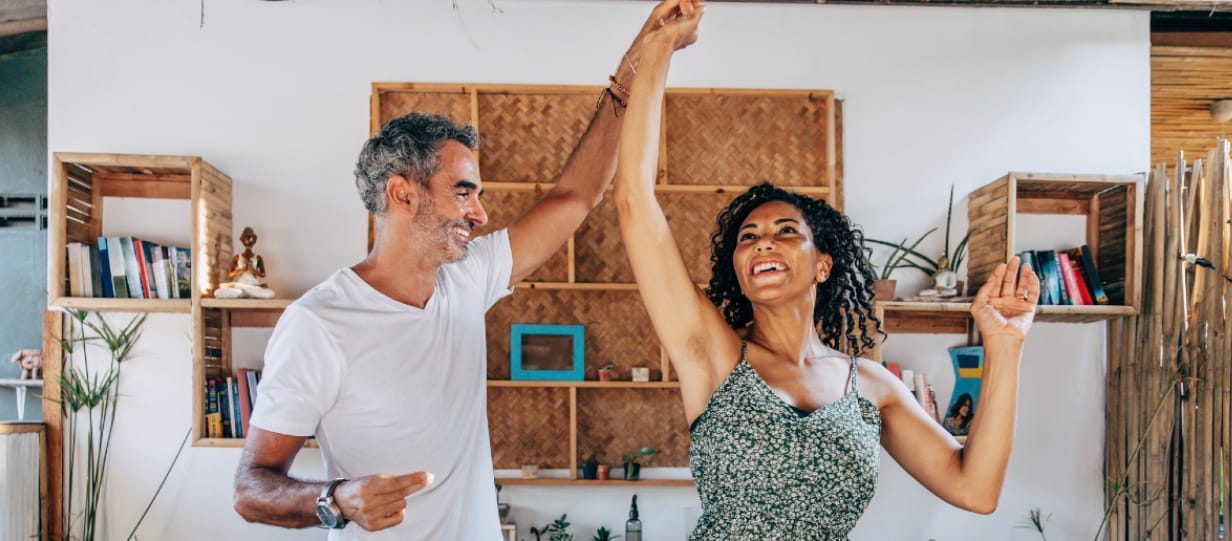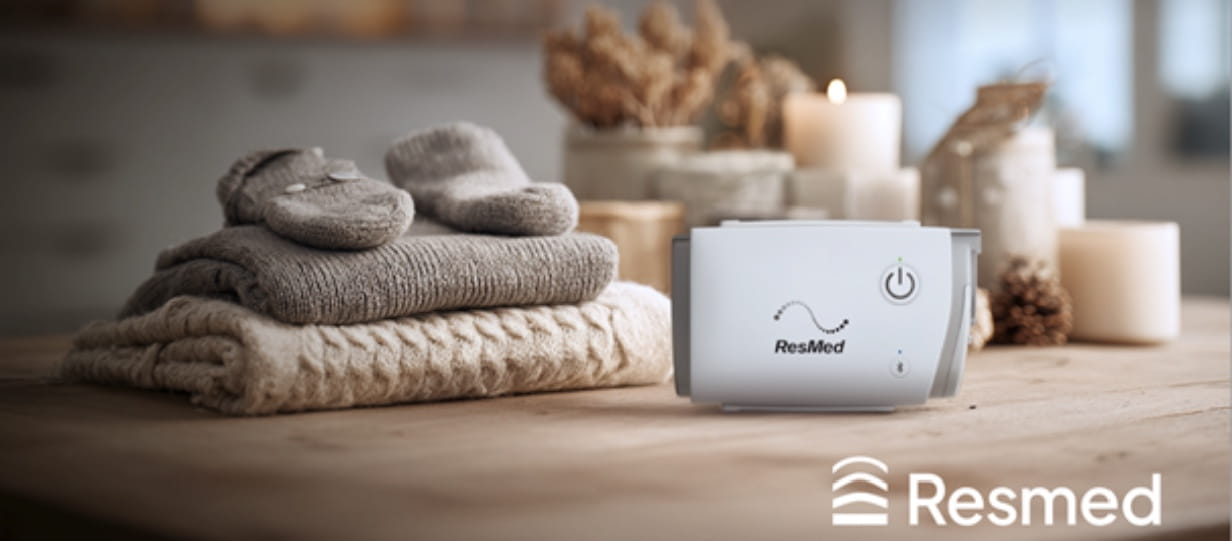Health & Wellbeing
Our experts show you simple and effective ways to stay healthy and active, so you can live your passions everyday.

Soup: tinned or chilled, which is healthiest?
Experts reveal whether chilled supermarket soups are worth the extra cost and if some flavours are better for you than others.

7 unusual and early signs of dementia you might miss
Memory loss is seen as the main symptom of Alzheimer’s and dementia, but in the early stages there can be many others.

Five simple ways to futureproof your knees
With knee pain on the rise in the over-50s, it's important to start protecting your joints now.

The daily habits that are making you age faster

Easy ways to prepare for retirement without losing your spark
The thought of retiring can be daunting, but our expert has 8 tips to ensure that it’s a positive step forward, not a step back.

I tried fermented food for a month and this is what happened
Is eating fermented good for you? Our writer gave it a go for four weeks, with some mixed results.

How to feel less groggy in the darker mornings
Want to start winter mornings feeling energised? Follow these five simple tips.

10 unusual but easy sleep tips to help you drop off
Struggling to sleep? These unusual and easy tips are surprisingly good ways to get a great night's rest.

6 surprising health benefits of parsnips

Resmed AirMini: Big on sleep, small in every other way
Suffering from sleep apnoea? Quiet and convenient, this portable sleep solution will help you put those interrupted nights to bed.

The best foods to eat to beat a cold
Feeling bunged up? A dietician reveals the foods that fight colds and boost your immunity.

Do you really lose 80% of body heat through your head?

Pneumonia: what are the symptoms and when should you seek medical treatment?
Everything you need to know about the lung infection and what is walking pneumonia.

The 6 everyday foods that lower your risk of a heart attack
The simple dietary tweaks that experts say will cut your chance of cardiac arrest - the foods to eat and avoid.

Treat someone special to a Saga Magazine subscription – 12 inspiring issues for just £29.95. Every issue is packed with real-life stories, exclusive celebrity interviews, insightful articles and practical tips on health, finance, travel, and more.
Plus, enjoy two free gifts: a classic Parker Jotter Pen in a festive cracker and a puzzle book. A thoughtful gift that entertains all year round.
Play our free daily puzzles
Beat the boredom and exercise your mind with our selection of free puzzles.



